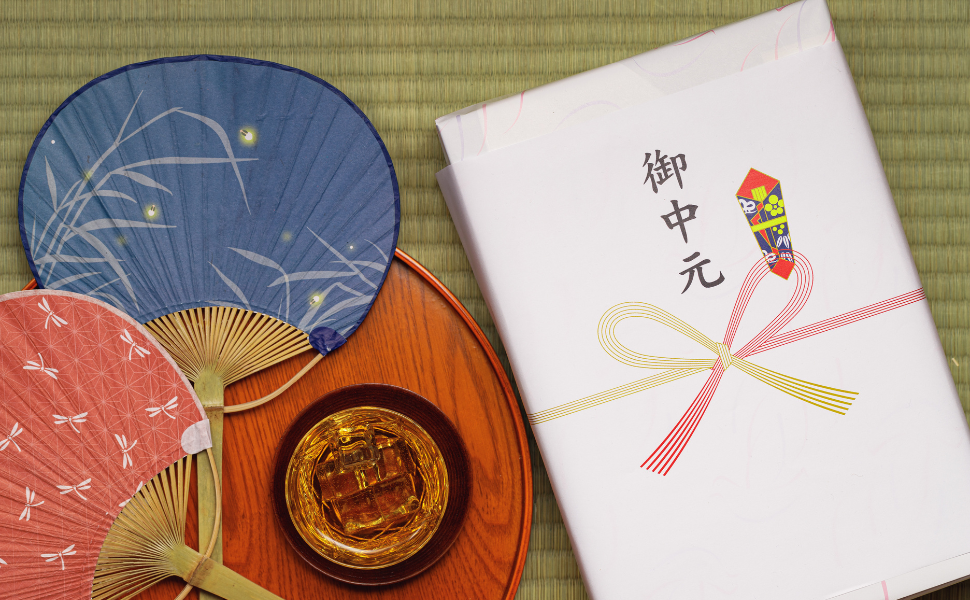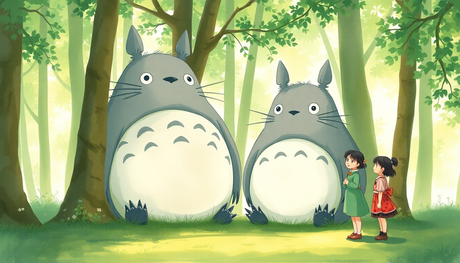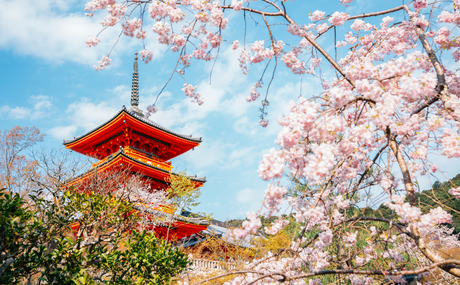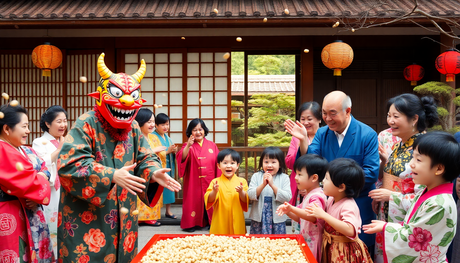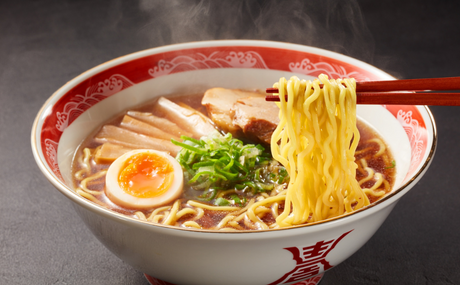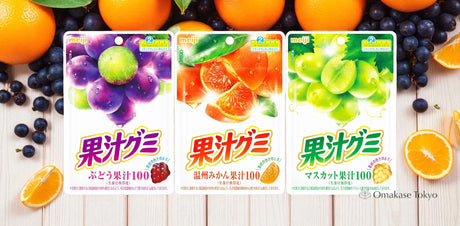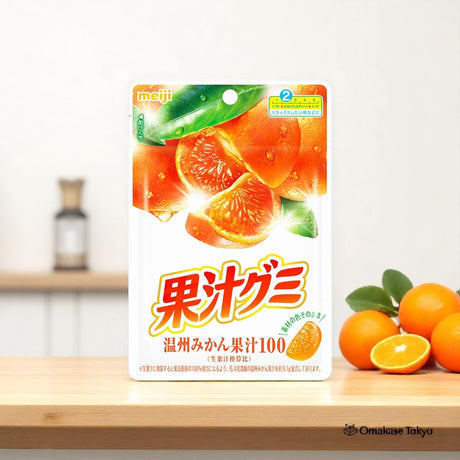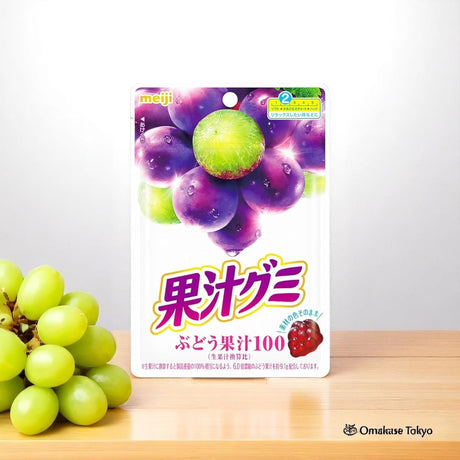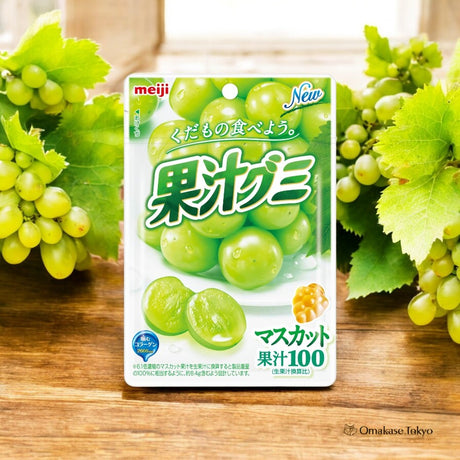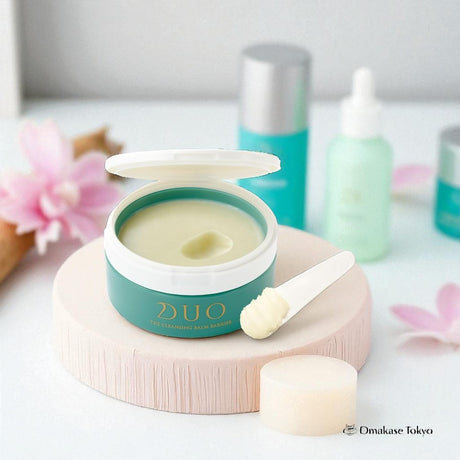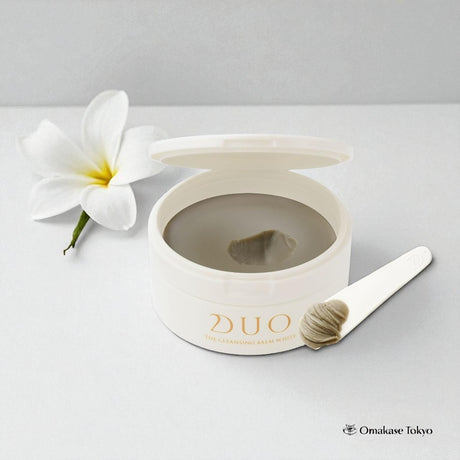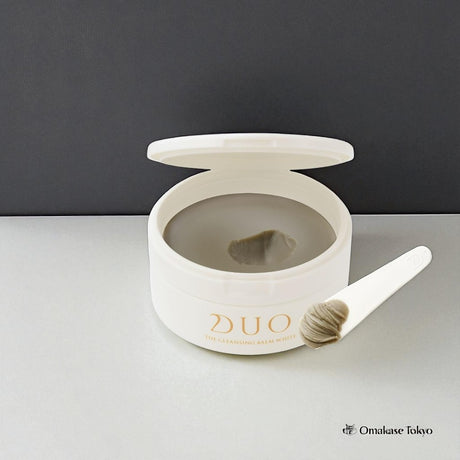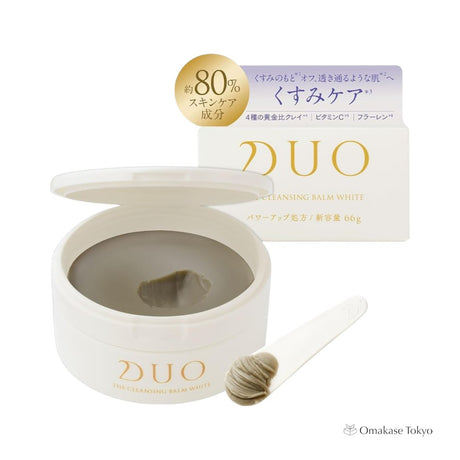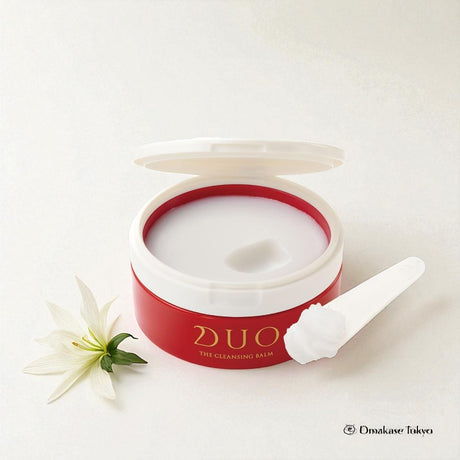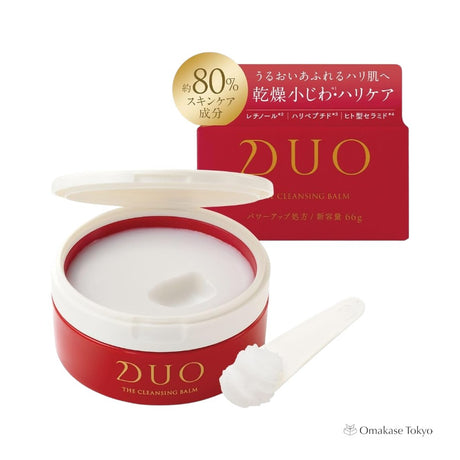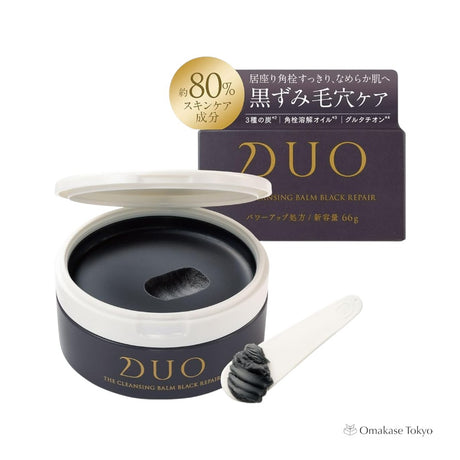Let's dive into one of Japan's most fascinating and heartfelt traditions: Obon(お盆)This beautiful festival is a time for families to honor their ancestors and celebrate their spirits. So, let's explore what makes Obon so special!
What is Obon?
Obon, also known as the Bon Festival, is a traditional Japanese event held in mid-August, although the exact dates can vary by region. Rooted in Buddhist customs, Obon has been celebrated for over 500 years. It's all about reconnecting with ancestors, ensuring their spirits are at peace, and enjoying time with family.
The origins of Obon
The origins of Obon come from a Buddhist legend. A disciple of Buddha, Mokuren, discovered his deceased mother was suffering in the afterlife. Buddha advised him to make offerings to monks, which he did, and his other was freed. Mokuren danced with joy, and this dance evolved into Bon Odori, a central part of Obon celebrations.

Preparing for Obon
Leading up to Obon, families clean their homes and prepare special altars with photos, lanterns, incense, and offerings like fruits and sweets. These preparations welcome the spirits of ancestors back to the world of the living.
The Three-Day Celebration
Obon typically spans three days:
- Mukaebi (Welcoming Fires): On the first day, families light fires to guid the spirits home. These welcoming fires, or mukaebi, show the spirits the way.
- Obon Odori (Bon Dance): The second day is filled with Bon Odori dances. People dress in yukata (light cotton kimonos) and dance in parks, temples, and streets to celebrate and entertain the spirits.
- Okuribi (Sending-Off Fires): On the final day, families light sending-off fires, or okuribi to send the spirits back to their resting places.
Toro Nagashi: A Beautiful Farewell
One of the most beautiful Obon traditions is "Toro Nagashi"(灯籠流し), the floating lanterns. People write messages on paper lanterns and release them into rivers or lakes, creating a stunning sight as they drift away, symbolizing the spirits' return to the other world.

Food and Festivities
Obon is also about delicious food! Families prepare and enjoy traditional dishes like:
- Botamochi: Sweet rice balls covered in red bean paste.
- Mochi: Rice cakes often used as offerings.
- Somen: This, chilled noddles perfect for the summer heat.
- Seasonal Fruits: Watermelon and grapes, often used as offerings.
Many regions also hold festivals, known as Bon Matsuri, with games, performances, and fireworks.
Regional Variations
Japan's cultural diversity shines during Obon. Each region has its unique traditions:
- Kyoto's Daimonji Festivals: Giant bonfires in the shapes of kanji characters on mountainsides.
- Tokushima's Awa Odori: Famous for its lively dance through the streets.
- Aomori's Nebuta Matsuri: Features large, illuminated floats parading through the streets.

Experiencing Obon
If you ever visit Japan during Obon, join a Bon Odori dance, visit a shrine, enjoy the food, and watch Toro Nagashi. It's a magical experience that offers a deep connection to Japanese culture and spirituality.
Obon is a time when the past and present come together, where families reunite, and communities celebrate life and memory. It's a beautiful reminder of the importance of honoring our ancestors and cherishing our heritage.

